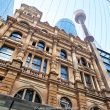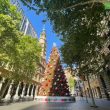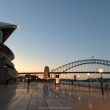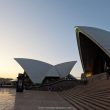Nestled in the vibrant heart of Sydney, the Royal Botanic Garden offers a serene contrast to the city’s bustling energy. Spanning 30 hectares of lush landscapes, this iconic oasis overlooks the sparkling Sydney Harbour, providing postcard-perfect views of the Sydney Opera House and Harbour Bridge. As Australia’s oldest botanic garden, established in 1816, it’s not just a place for leisurely strolls, it’s a living scientific institution dedicated to plant conservation, education, and cultural heritage. Whether you’re a nature enthusiast, history buff, or simply seeking a peaceful picnic spot, the garden invites you to unwind amid exotic blooms and native wonders.

A Rich History Rooted in Exploration and Resilience
The story of the Royal Botanic Garden begins in 1788, when the site (traditional lands of the Cadigal people) was cleared for Australia’s first European farm under Governor Arthur Phillip. Initial attempts to grow corn failed due to poor soil and pests, but by 1816, Governor Lachlan Macquarie transformed the area into a proper botanic garden, appointing Charles Fraser as its first superintendent. This marked the birth of Australia’s oldest scientific institution and the second-oldest botanic garden in the Southern Hemisphere.
The 19th century brought significant developments. In the 1830s, botanists Allan and Richard Cunningham reorganized the grounds into a scientific hub, introducing vine cuttings that kickstarted Australia’s wine industry. Charles Moore, director from 1848, enhanced the soil, planted iconic azaleas and rhododendrons along the Spring Walk, and erected the Farm Cove seawall, a project that spanned over three decades. The 1860s saw the opening of Sydney’s first zoo within the garden, home to monkeys, anteaters, and deer until its relocation in 1883. Tragedy struck in 1882 when the grand Garden Palace, built for an international exhibition, burned down in a devastating fire, destroying priceless artifacts and records.
Today, the garden honors its past while embracing the future as part of the Australian Institute of Botanical Science. It safeguards over 27,000 plant species from around the world, with a strong focus on Australia’s endemic flora—87% of the country’s roughly 24,000 plant species are unique to the continent.
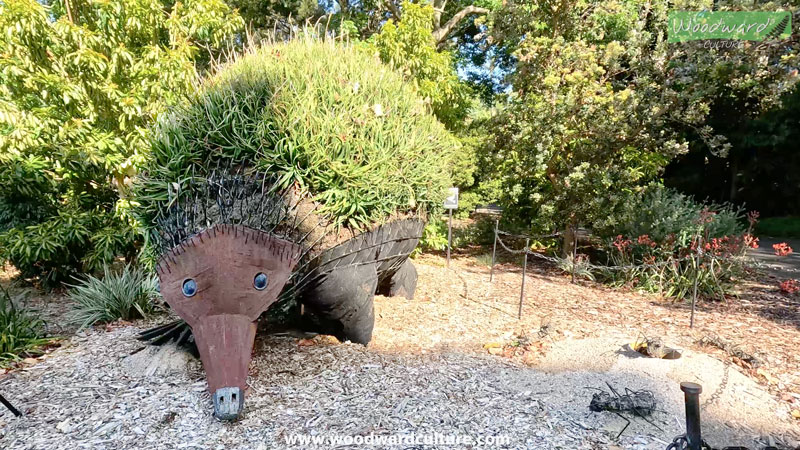
Must-See Highlights: Where Nature Meets Art and Culture
Wander the garden’s 15 themed areas, each bursting with color and intrigue. Start with the Palace Rose Garden, a fragrant haven of over 2,000 rose varieties framed by manicured hedges—perfect for a romantic pause or Instagram-worthy shot. Nearby, the Wildflower Meadow explodes in spring with native Australian blooms, evoking the continent’s untamed wilderness.
For a touch of the exotic, explore the Succulent Garden, showcasing drought-tolerant wonders from arid regions, or the Herb Garden, where aromatic plants inspire culinary dreams.
Don’t miss Cadi Jam Ora (First Encounters Garden), a poignant space designed with the Gadigal people to reflect pre-colonial biodiversity and cultural stories.
The Pioneer Memorial Garden pays homage to early settlers with heritage roses and fruit trees, while the Latitude 23 Glasshouse and Fernery houses tropical ferns and orchids under a soaring glass roof.
Art lovers will appreciate scattered installations and the historic Armillary Sphere, a celestial sundial evoking English formal gardens.
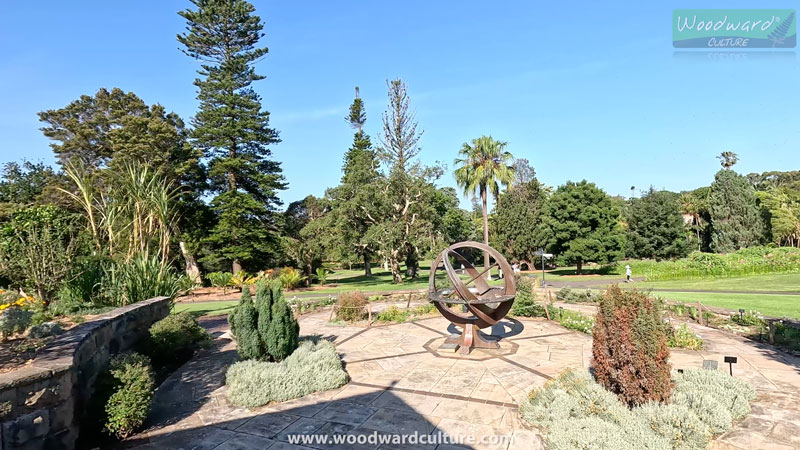
Things to Do: From Guided Walks to Sunset Picnics
The garden is a playground for all ages. Join a free guided walk to uncover plant lore and heritage tales, or opt for the immersive Aboriginal Heritage Tour to learn about Indigenous plant uses and stories. Self-guided audio tours via the official app let you explore at your own pace, highlighting hidden gems like the Palm Grove planted in the 1860s. Picnickers and joggers flock to the expansive lawns, including the iconic Tarpeian Lawn with its harbor views. Birdwatchers can spot over 120 species, while event-goers might catch seasonal exhibitions at The Calyx, a striking sustainable venue hosting floral displays and workshops.

Practical Tips for Your Visit
Entry to the Royal Botanic Garden is free, making it an accessible highlight for budget travelers.
It’s open daily from 7am until sunset, with gates closing at 6pm in September and 7:30pm in October. Plan for about 2-3 hours to explore comfortably.
The adjacent Domain park is open 24 hours, perfect for evening strolls or events.
Spring (September-November) is the best time to visit, when roses and wildflowers peak, though the garden’s subtropical climate ensures year-round appeal.
Accessibility is excellent, with paved paths, ramps, and wheelchair loans available – contact the visitor center for specifics.
Dining options range from casual cafes to upscale restaurants like Botanic House, and the garden shop stocks unique plant-inspired souvenirs.
Getting there is a breeze: hop off at Circular Quay or St James stations, or arrive by ferry for a scenic approach.
Pro tip: Download the garden map app to navigate the winding paths, and pack sunscreen, the Australian sun is no joke.
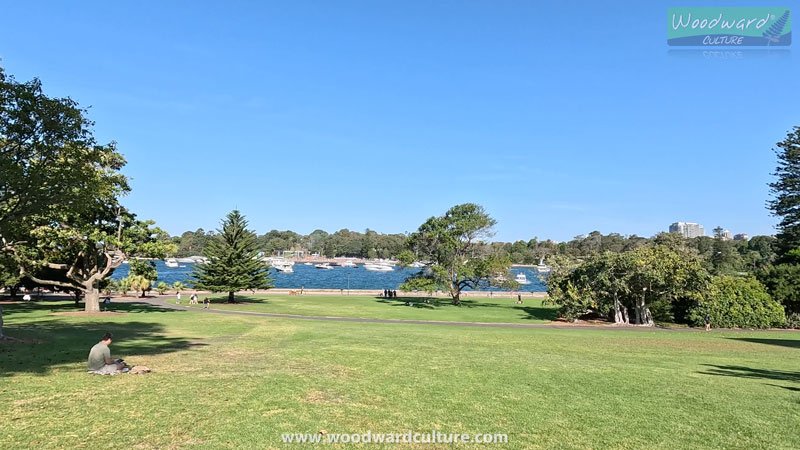
Immerse Yourself Further
To preview the garden’s magic before your trip, watch our exclusive 4K walking tour video at the top of this page. When we recorded this video on a Friday evening, there was a music festival nearby which is why you may hear some music in the background.
The Royal Botanic Garden Sydney isn’t just a destination, it’s a reminder of nature’s enduring beauty in a fast-paced world. Plan your escape today and let the greenery rejuvenate your soul.










